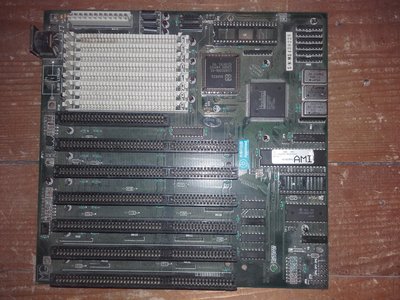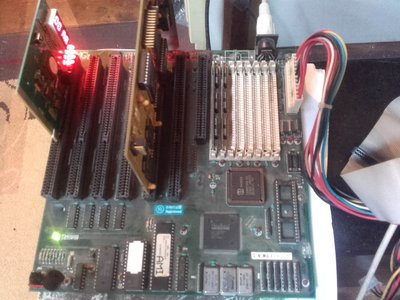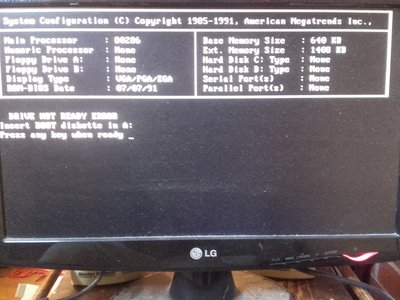25MHz 287s don't exist, so unless you're OK with overclocking the one that you have, you will need to plug in a suitable oscillator for your 287.
I am well aware of that fact, my IIT is rated 20MHz so maybe it can pull it out on 25.
Still I have a dillema. There are three crystals on board: one standard 14.318MHz, one on 50MHz (obviously for the main CPU) and one on 32MHz maybe for a FPU.
I've seen boards with three crystals without a socket for a custom crystal for the FPU. Usually the third crystal is for the FPU.
Also there is a mystery jumper which I guess is for clock selection for the 287 (onboard crystal or added).
Still I guess the best solution is to get 40MHz crystal and insert it into the socket. I guess there is a way to somehow check the clock of the 287 in software.
In the meanwhile I tried to test the board but I ran into problems.
The problem of short beeps disapeared when I put the jumper on JP4 right beside the keyboard BIOS. Still I don't know the meaning of this.
Real problem is the keyboard. After starting up, the keyboard works just fine. I can enter the CMOS settings and diags move aroung for ever, everything works.
But when it reaches the point of loading OS the keyboard stops working while the system is running further, machine does not freeze, it boots the DOS with no problem.
Diagnostic card shows no problem.


